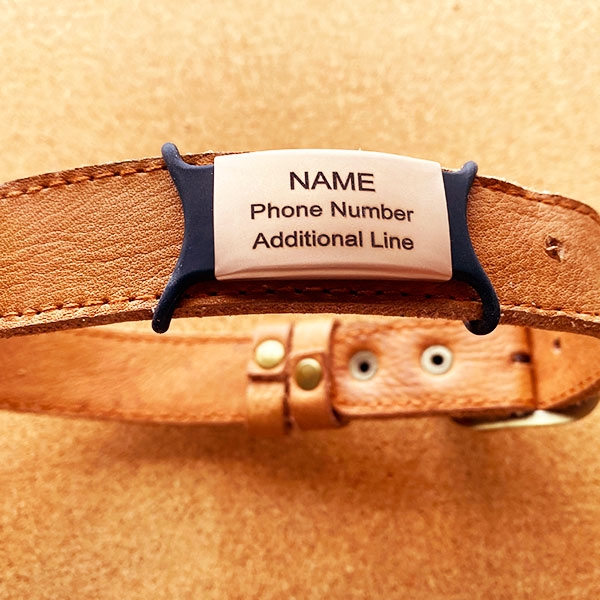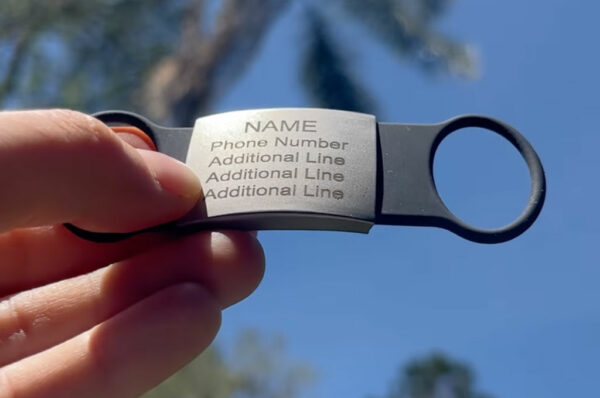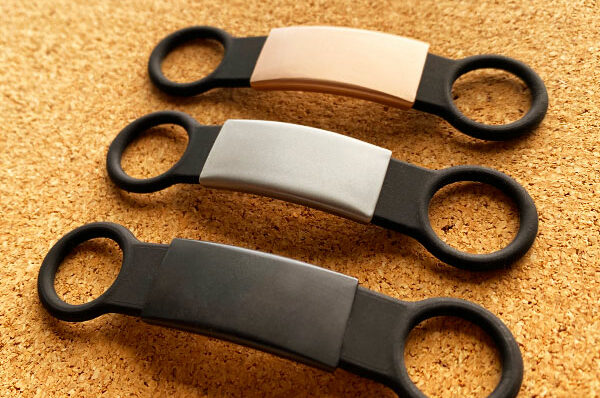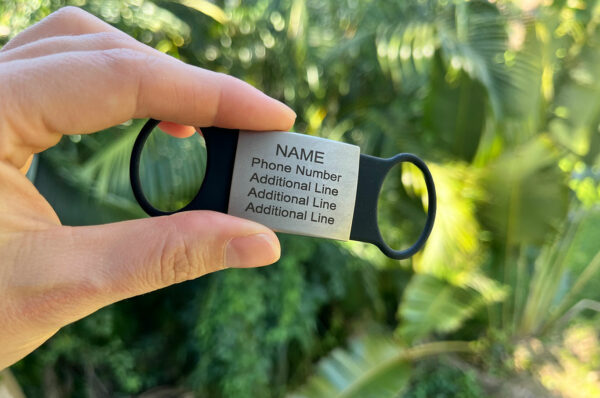If you’ve ever lost a pet, or possibly even if you haven’t, you know that there are few pains in the world greater than imagining your beloved furry little one running around lost.
When this happens, pet tags can help to bring your pet back home to you as quickly as possible.
In Australia, your first course of action should be to check with your specific state government to find out if they have any special requirements.
In Brisbane for example, dogs need to be registered with the local city council and are required to wear a nylon identification tag (sent to you by the council) constantly.
You can then decide whether you’re happy with just the required identification tag, or if you’d like to add an additional tag to the collar of your pet.
The pet owners who decide to get an additional tag, often do so because they want to include additional information.
What information do people put on tags?
Unless there are specific council requirements, it’s entirely up to you to decide what information you want to include on the tag of your pet.
At least one phone number is always helpful but there are many more pieces of information that people put on tags, depending on their circumstances.
Here are some examples:
- Pet name
- Your phone number
- Additional phone number
- Your address
- Vet details
- Rescue organisation details
- Registration number
- Microchip number
- Medical information
- Funny statement
Safety concerns
It’s worthwhile noting that some people choose to specifically *not* include the pet name and residential address on pet tags due to safety concerns.
At the end of the day you’ll have to consider your individual circumstances when you decide what information you want to put on the pet tag.
If you have any questions at all don’t hesitate to contact us!





 | PO Box 642, Victoria Park, WA, 6979 | +61 457 468 763 (text only, please) | ABN: 59 629 267 689 | From the folks at
| PO Box 642, Victoria Park, WA, 6979 | +61 457 468 763 (text only, please) | ABN: 59 629 267 689 | From the folks at 

